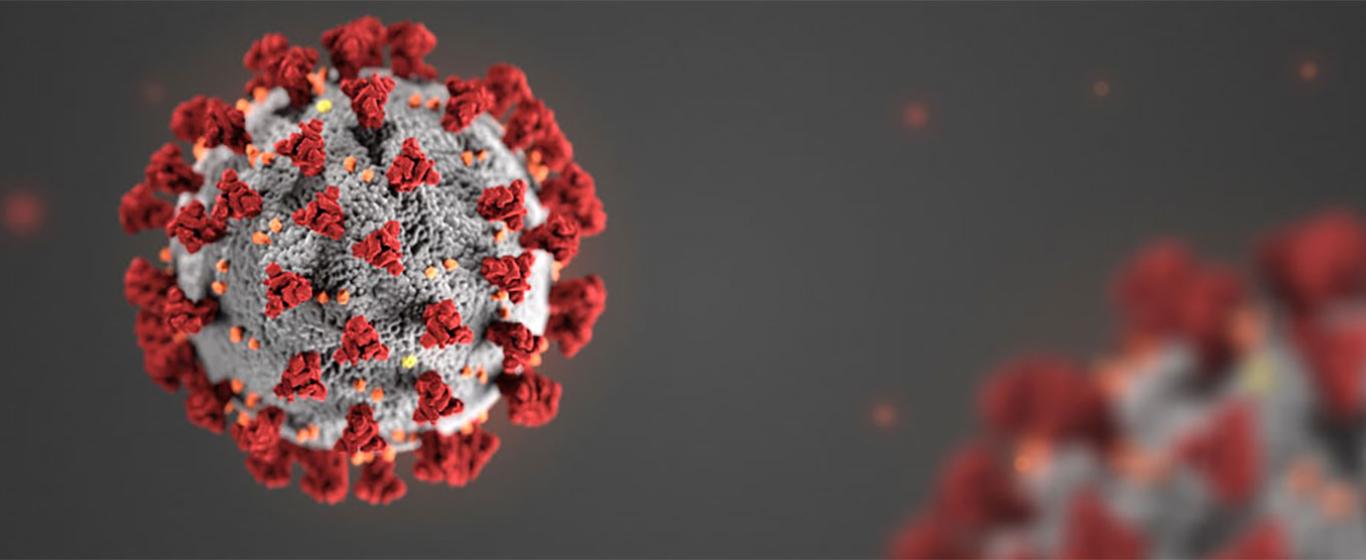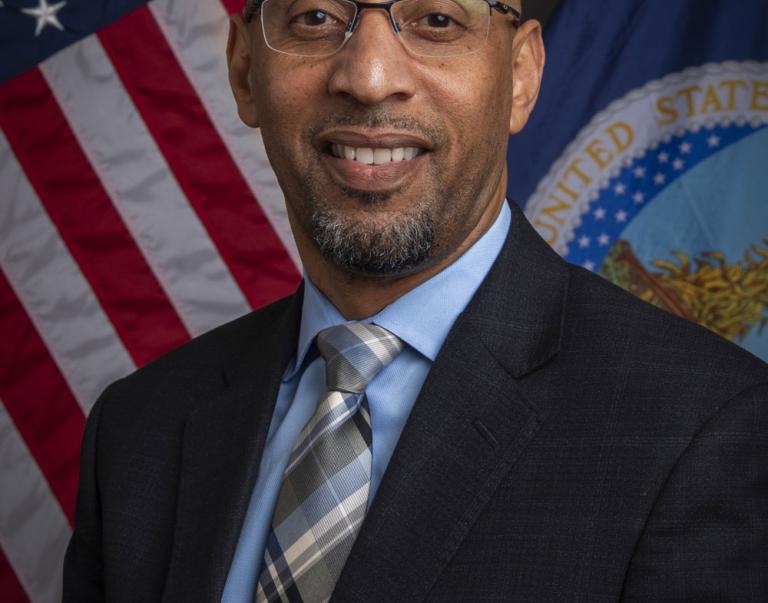National Forests

Facilities and Operations
Q: Will Forest Service work continue?
A: The USDA Forest Service is taking steps to safely maintain operations as we respond to the COVID-19 Pandemic. Our commitment to the public remains to provide access to our national forests and grasslands and provide customer service. Throughout the pandemic, employees continue to serve the public, manage resources, and maintain recreation sites.
We intend to sustain customer service and mission functions by ensuring our workforce is safe, healthy, and available to meet community and public needs. Our mission-critical work such as responding to wildfires, law enforcement, managing natural resources, and other public service responsibilities will continue with appropriate risk management strategies, following current guidance of the Centers for Disease Control, USDA, and local health and safety guidelines.
Q: Are you closing offices?
A: The Forest Service continues to remain open and operational. Your public lands and Forest Service facilities remain open to the extent possible. Some offices are operating virtually, others are open to public entry with preventative measures such as self-screening, wearing masks or physical distancing requirements.
Limited access to some facilities is sparking innovation as we are finding new ways to provide services safely, such as outdoor kiosks for information or issuing permits, hosting virtual public meetings to ensure people’s voices are heard and considered for important projects. We continue to adapt and offer public services through virtual means (ie. telephone and online service).
Please contact your local office to find the current status, and how to get the services and information you need. Our homepage has a handy “Find a Forest or Grassland” tool and this interactive visitor map can help you find different activities or services.
Q: If offices/facilities are closed when will they reopen?
A: The USDA Forest Service has developed a strategy for reopening offices and facilities. The strategy tiers to the USDA Reopening Playbook (summarized here (PDF, 286 KB)) and White House Opening Up America Again guidance. This strategy outlines the specific criteria, resources and tools for managers when making decisions that allow employees to gradually, effectively and safely return to work in a Forest Service facility.
The agency is relying on science, data, and guidance from the Center for Disease Control, while continuing to work with local health officials to make decisions about access to facilities and maintaining employee safety and public health. We are using a risk management-based approach that complies with the Office of Management and Budget (OMB), USDA, Office of Personnel Management (OPM) and Centers for Disease Control and Prevention (CDC) direction and guidance for a phased-in approach to resume regular facility operations and service.
Recreation
Q: Will recreation sites and facilities stay open?
A. While most national forests and grasslands remain open for public use, temporary area closures may be enacted in some local situations to support guidance from health and safety officials for residents to stay home, stay safe and save lives.
Agency leaders and local managers to perform risk assessments of our facilities and may limit congregations of people and person to person interactions. The agency is relying on science, data, and guidance from the Center for Disease Control, while continuing to work with local health officials to make decisions about access to facilities and maintaining employee safety and public health.
Nationwide, national forests and grasslands are open and available for public use. Some recreation sites may be temporarily closed to help slow the spread of the pandemic. We look forward to the day when all recreation sites and public-facing office locations can safely open.
Q: Can the public still make reservations through www.recreation.gov?
A: The Forest Service continues to monitor the COVID-19 situation and evaluate potential impacts and adjustments to reservations and our reservation policies through Recreation.gov. Reservation holders will be notified via email and/or cell phone text messages if there are any changes affecting their reservation. In the event of delayed openings of some, part or all of the campgrounds and cabins to ensure safe social distancing, visitors will receive a full refund for their reservation. Please remember to review current recommendations from the Centers for Disease Control and Prevention and focus on recreating safely while protecting yourself, Forest Service employees and our volunteers.
Q: What can the public do to help protect themselves and others while recreating on National Forest System lands?
A: Our national forests and grasslands provide a great place for people to “get outdoors”. We are seeing record numbers of visitors. Being in nature provides a much-needed respite and recharge for many people. You can help maintain and protect our natural resources and heritage by recreating responsibly.
Recreating responsibly means being considerate of others and taking good care of your public lands by following the 7 principles of Leave No Trace, including properly disposing trash and human waste.
Additionally, to protect ourselves and others it is critical that we are vigilant and take appropriate precautions to minimize risk of contracting or spreading the virus. This includes measures outlined by the CDC including frequent hand washing, physical distancing, self-screening and wearing masks.
Everyone has a role to play in keeping themselves and others safe outdoors; you can help by minimizing risks and the need for search and rescue, especially now when emergency resources are stressed. Here’s some helpful resources to Know Before You Go.
Q: Can the public still visit visitor centers and other large gathering facilities?
A: National Forests remain open to the extent possible, however recreation services at our facilities may be changed, suspended or offered through alternate approaches as we manage for the health and safety of employees, volunteers, and the public. Agency direction tasks local managers to perform risk assessments of our facilities and limit congregations of people and person to person interactions. Our decisions will align with local city, county and state actions to provide for human health and safety (ie. quarantine, curfew, and other social restrictions).
Please contact your local office to find the current status, and how to get the services and information you need. Our homepage has a handy “Find a Forest or Grassland” tool and this interactive visitor map can help you find different activities or services.
Permits and Land Uses
Q: What will happen to current special-use permits?
A: Special Use Permits will remain valid and in effect. Monitoring work associated with permit administration may experience delays. Valid permits issued for uses that focus on customer service, such as ski resorts, organizational camps, club activities, etc. will remain in effect and operations will be under the discretion of the organization or individual holding the permit.
Q: Will land exchange projects continue?
A: Land exchange projects will continue and may experience delays associated as the agency transitions to virtual delivery of mission work.
Q: Will active mining projects continue to operate?
A: Plans of operations for active mining projects will continue. Administration of monitoring activities or processing minerals or mining requests may experience delays as employees try to do business in new ways.
Q: Will timber and vegetation management projects continue?
A: As appropriate within current department direction, field work will continue to focus on managing vegetation, restoring ecosystems, reducing hazards and maintaining forest health. Meetings will be limited to minimum levels necessary to complete tasks. Work will continue either in office or remote.
Q: Will administration of grazing permits continue?
A: Administration of current grazing (yearlong and winter grazing allotments for example) will continue. Allotment inspections may be delayed but will continue. Planning and other annual rotation adjustment meetings can continue to occur remotely or in accordance with CDC/OPM guidance.
Wildfire
Q. What were some of the challenges associated with fighting fires during this pandemic?
A. The safety of the public and all wildland fire responders is always the number one priority for all wildland fire agencies. As a science-based agency, the USDA Forest Service regularly conducts risk-based analysis to inform leadership and improve the overall health and safety of our firefighting community. One major challenge was the potential for an outbreak of COVID-19 in a large fire camp during wildland fire incident management activities. Based on science and CDC guidance the interagency fire community changed the way fire camps were operated, including measures such as conducting virtual briefings and public meetings, fire crews operated under a “module-as-one”, smaller fire camps with different crews physically distanced in smaller groups.
Q. What measures were taken to protect fire fighters?
A. The federal wildland fire agencies worked closely with state and local partners in supporting the U.S. response to COVID-19, wildfires, and other natural disasters. The Department of the Interior and the U.S. Department of Agriculture wildland fire agencies, along with their state and local partners, followed guidance for wildland firefighters from CDC and the Infectious Disease Guidelines for Wildland Fire Incident Management Teams plan, developed by the National Wildfire Coordinating Group’s Emergency Medical Committee, which includes recommended guidelines to be followed by an IMT when confronted with a potentially infectious disease outbreak during a wildland fire response.
Q. What is the agency doing to learn from 2020 fires?
A. Our employees are our best asset in learning and innovating, they ask questions and explain their challenges, and often help to craft solutions. The Human Performance and Innovation and Organizational Learning team is a part of USDA Forest Service Research and Development and serves the entire agency in order to promote a culture of learning and foster a resilient workforce and advance innovations. Throughout this past fire year, HP&IOL worked with fire managers and fire fighters, seeking input through verbal and written interviews, focus groups, and other means. Information was rapidly shared with interagency partners, and adaptions implemented to improve safety for our first responders. Additionally, the Wildfire Risk Management Science Team and other Forest Service scientists work directly in support of fire management efforts enabling them to quickly see what could make fire management or prescribed fire more efficient or safer.
Q. What happens after fires are put out?
A. As fires are controlled, there is a shift from the suppression actions to assessing and repairing damage related to immediate emergency responses, this is called suppression rehabilitation. This is also when interagency efforts begin assessing short and long-term recovery needs. Often before fires are fully controlled, Burned Area Emergency Response teams begin assessing burn severity and determining immediate emergency actions needed to stabilize and protect critical watersheds, including drinking water supplies. Fire impacts on ecological conditions, watershed conditions and wildlife habitat are assessed for use in longer term recovery plans. Assessments are conducted on damaged administrative buildings and sites as well as communication sites like radio towers.
Local forest managers continue to work with communities to identify local priorities. As an agency we recognize our interdependence with surrounding communities, collaborators, tribal nations, and partners. In order to see sustainable recovery, we also strive to address the impacts to the larger community recovery. USDA Forest Service is developing a wholistic approach to accelerate recovery. Assessments will be consolidated to understand all the needs and prioritize the most urgent needs and the most beneficial work at both a national scale and local scale. Assessments will be part of the information used to adjust the work planned on local units impacted by fires and hurricanes.
Q. What elements of fire science research have the greatest promise to provide benefits for firefighters and fire prevention?
A. Public and firefighter safety continues to be our number one priority. Science clearly tells us that the way to reduce the damaging impacts of wildfires and threats to life and property is to proactively manage ecosystems that evolved with fire. This means reintroducing fire in the right ways and places combined with mimicking the effects of fire on forest structure through mechanical treatments. Forest Service Research and Development is leading out on the science of risk management, ways that we can treat fuels and mitigate risks, helping communities assess and mitigate risk and be more resilient. This means developing tools and technology that can help protect people and communities before, during, and after wildfires.
There is no “one-size fits all” or “magic bullet”– building resilience in our landscapes and communities will take all of us working together, everyone has a part to play including preventing human-caused wildfires, reducing risks through vegetation management, managing fires in some landscapes when conditions are appropriate, & building in locations and ways that make communities and homes more resistant to fire.
Smoke
Q. What do people need to know about smoke and COVID-19?
A. The Forest Service worked with Centers for Disease Control to prepare this document (PDF, 455 KB) containing answers to the most frequently asked questions around smoke and COVID-19, such as: Who is most at risk? Where to find information about air quality in your area? or What resources are available? This information is also available on this CDC website.
Q. How is smoke being managed for prescribed fires?
A: Fire officials continue to monitor all ongoing prescribed fire projects. As always, we will continue to work in close coordination with local and state health organizations and make any necessary changes should the need arise.
Operation Care and Recovery
Q: What is Operation Care and Recovery?
A: In the face of an unprecedented year of challenges including wildfires, hurricanes, and social unrest, all amidst a global pandemic, Forest Service employees have persevered, even while suffering losses. Some lost homes and all they owned, while fighting fires to help protect others; some lost offices and work centers, and—worse by far—lost neighbors, friends, and family.
In September 2020, the Forest Service launched Operation Care and Recovery: a corporate approach to supporting our employees across our Regions, Stations, Job Corp Centers, and communities. Our intent is to create an efficient, centralized “one-stop shop” where our employees can go for assistance and find the care and recovery support they need. Learn more by visiting the Operation Care and Recovery page.



